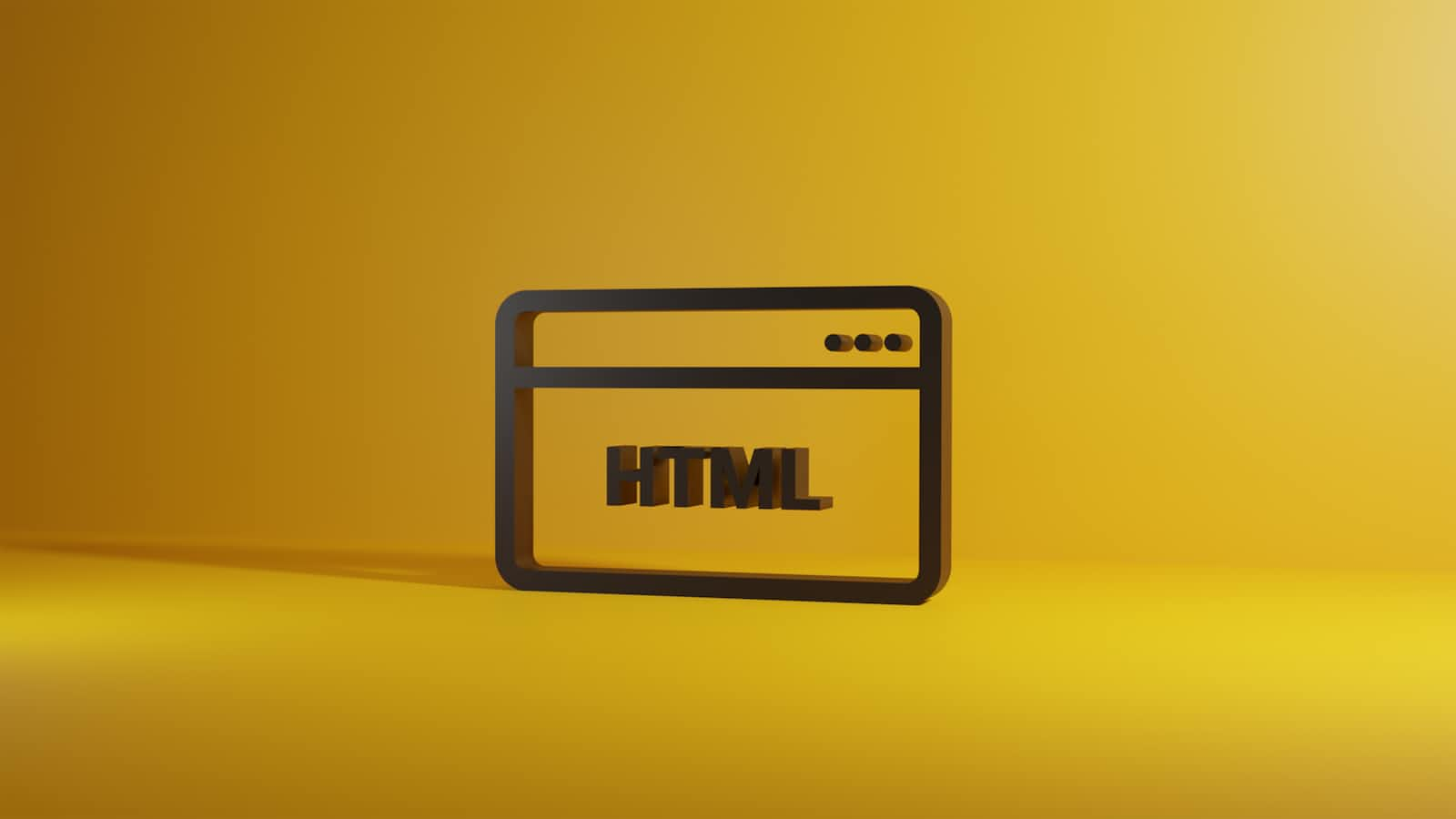 Forms are an essential part of many websites and web applications. They provide a way for users to input data, interact with the website, and submit information for processing. In this article, we will explore what forms are, how they work, and some basic HTML tags and attributes that can be used to create them.
Forms are an essential part of many websites and web applications. They provide a way for users to input data, interact with the website, and submit information for processing. In this article, we will explore what forms are, how they work, and some basic HTML tags and attributes that can be used to create them.
What is a Form?
A form is an HTML element that allows users to input and submit data to a server. Forms are typically used for a variety of purposes, including user registration, login, feedback, and e-commerce transactions. A form is composed of one or more form controls, such as input fields, text areas, checkboxes, and buttons.
Creating a Form
To create a form in HTML, you will need to use the <form> tag. The <form> tag is used to wrap the entire form and provides several attributes that can be used to configure its behavior. Here is an example of a simple form:
<form action="/submit" method="POST">
<label for="name">Name:</label>
<input type="text" id="name" name="name" /><br />
<label for="email">Email:</label>
<input type="email" id="email" name="email" /><br />
<label for="message">Message:</label>
<textarea id="message" name="message"></textarea><br />
<button type="submit">Submit</button>
</form>In this example, we have created a form that includes three form controls: a text input field for the user’s name, an email input field for the user’s email address, and a text area for the user’s message. We have also included a submit button that will send the form data to the server when clicked.
Form Controls
Form controls are the building blocks of a form. There are many different types of form controls that can be used to create different types of input fields, buttons, and other interactive elements. Here are some of the most common form controls:
<input>: The<input>tag is used to create various types of input fields, including text, email, password, checkbox, radio, and file fields.<textarea>: The<textarea>tag is used to create a multi-line text input field.<select>: The<select>tag is used to create a drop-down list of options.<option>: The<option>tag is used to define each option in a drop-down list.<button>: The<button>tag is used to create buttons that can be used to submit a form or trigger other actions.
Form Attributes
Forms also provide several attributes that can be used to configure their behaviour. Here are some of the most common form attributes:
action: Theactionattribute specifies the URL that the form data should be sent to when the form is submitted.method: Themethodattribute specifies the HTTP method that should be used to submit the form data. The two most common methods areGETandPOST.name: Thenameattribute is used to specify a name for the form, which can be used to identify it in scripts.enctype: Theenctypeattribute is used to specify the encoding type that should be used to submit the form data. The two most common types areapplication/x-www-form-urlencodedandmultipart/form-data.
Conclusion
Forms are an essential part of web development and provide a way for users to input and submit data to a server. By using the <form> tag, form controls, and form attributes, you can create powerful and interactive forms that can be used for a variety of purposes. Whether you are building a simple contact form or a complex e-commerce transaction form, understanding the basics of HTML forms is crucial.
Remember to always use appropriate form controls for the type of input you are expecting from the user, and to include appropriate labels and instructions for clarity. Additionally, be mindful of the security implications of handling user-submitted data and use appropriate validation and sanitization measures to protect your website and users.
In conclusion, forms are a fundamental aspect of web development and are used in a wide range of applications. With HTML, you can create intuitive and engaging forms that provide a great user experience. As you continue to develop your web development skills, be sure to explore more advanced techniques for working with forms and enhancing their functionality.
What’s next?
In the coming articles, we will be covering CSS in depth. Don’t forget to follow and share this with your friends that are just starting their web development journey